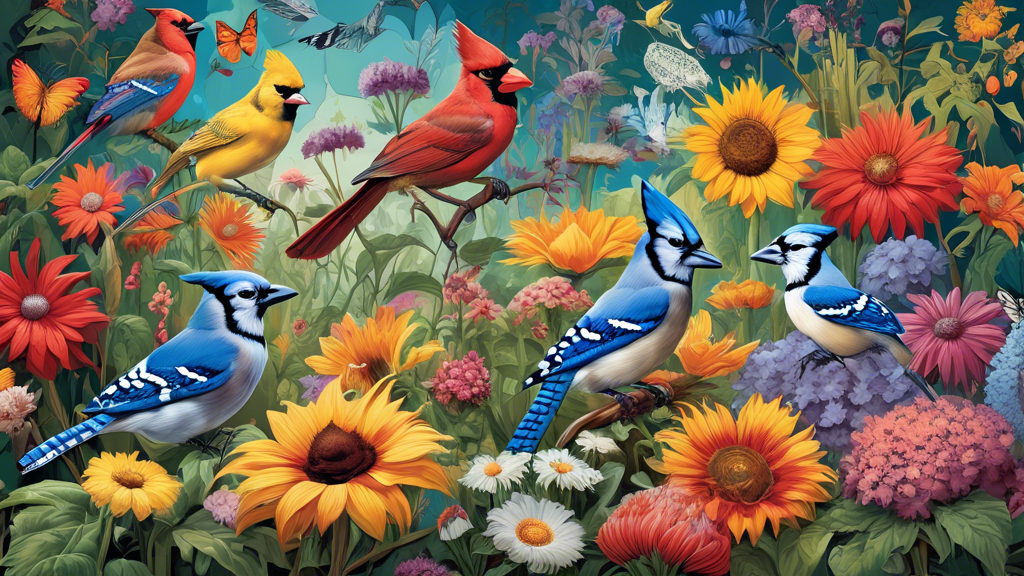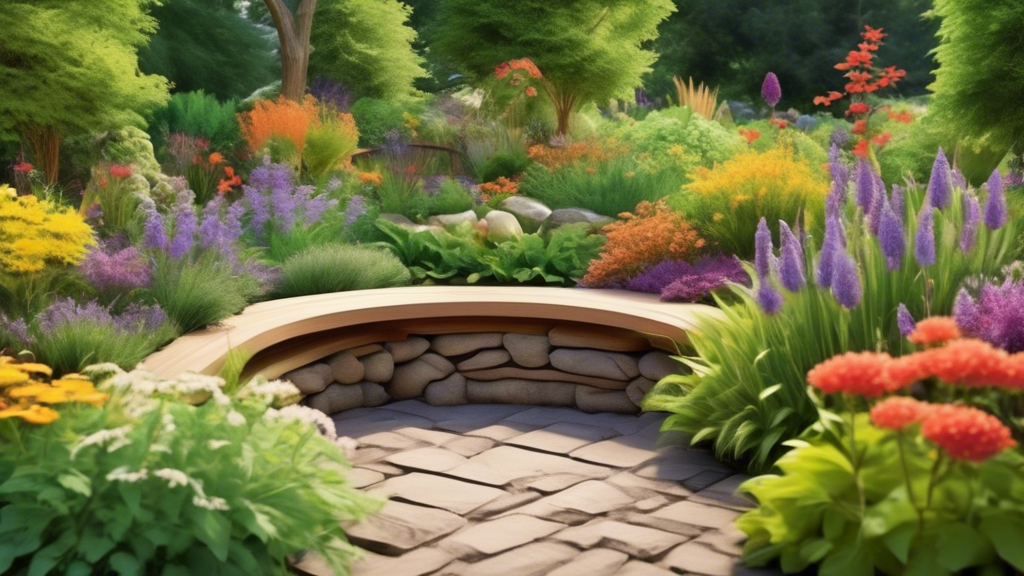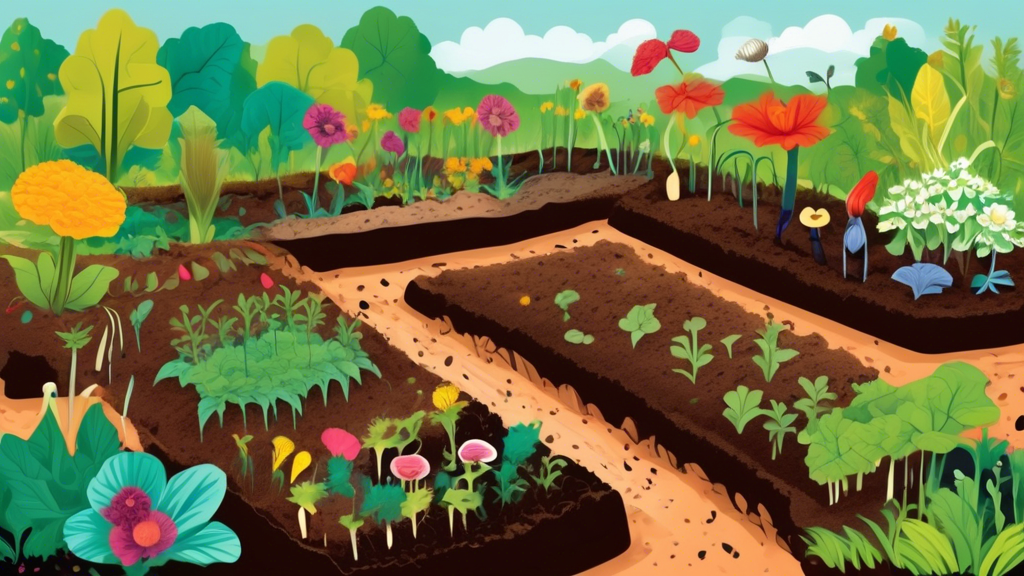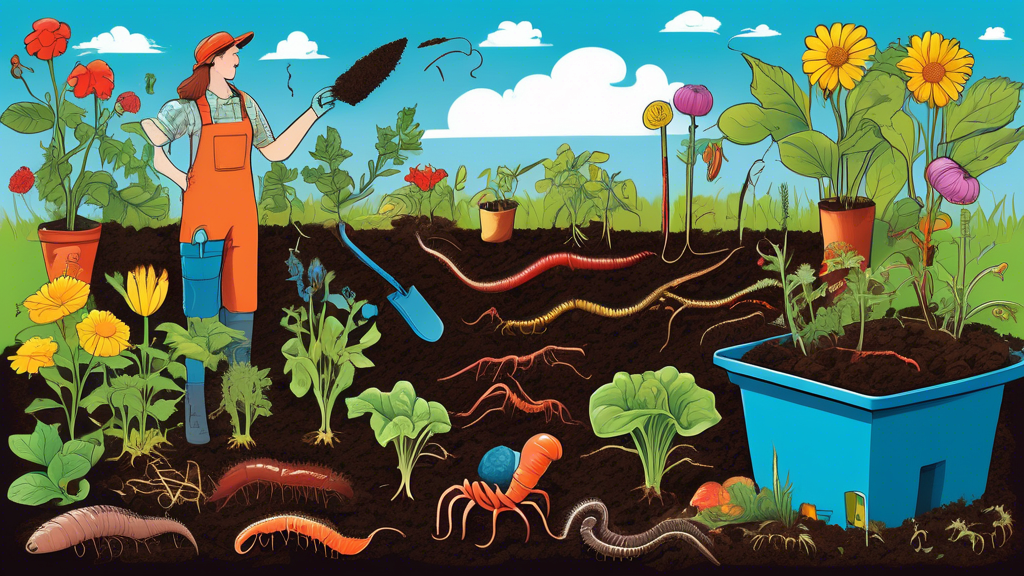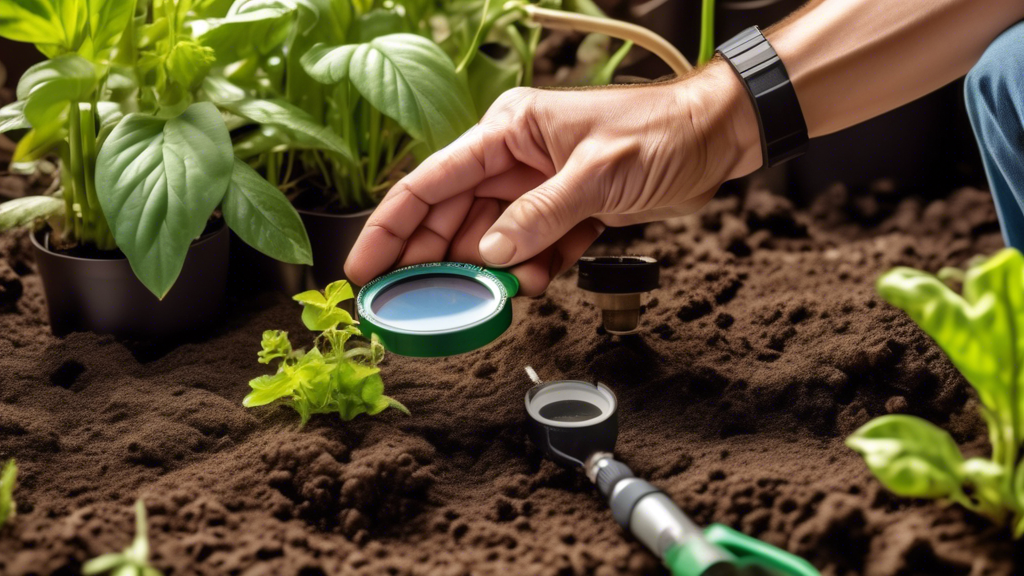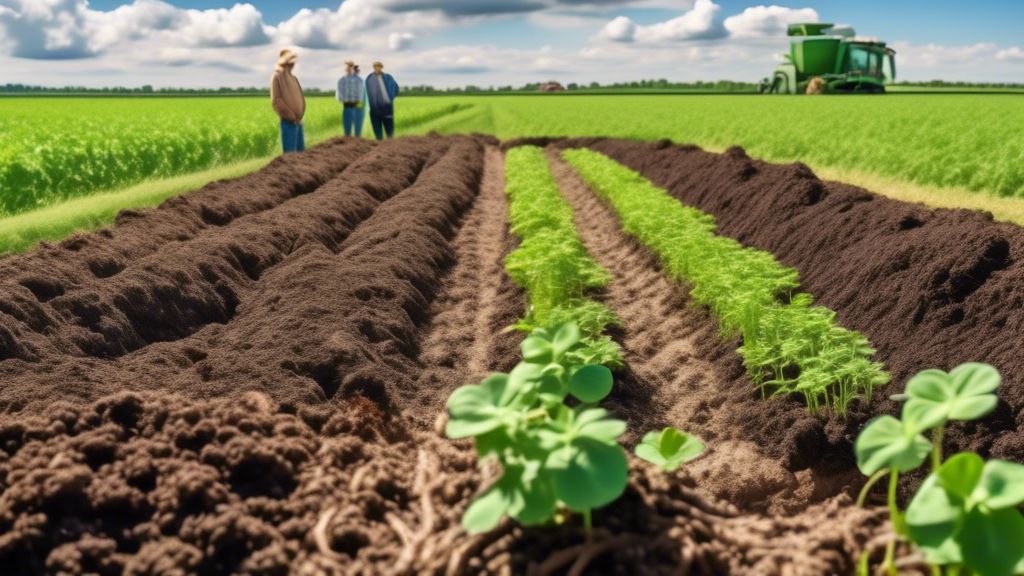
Gardens play a crucial role in supporting biodiversity and ecosystems, and one of the key ways they do this is by providing habitat for pollinators. Pollinators, such as bees, butterflies, and various other insects, are essential for plant reproduction. They help in the production of fruits, vegetables, and seeds, making them indispensable to both natural and agricultural systems. By attracting pollinators, you not only enhance the vibrancy and health of your garden but also contribute to the overall well-being of the environment.
Creating a pollinator-friendly garden involves thoughtful plant selection and design. Opting for native plant species is beneficial, as these plants are well-adapted to the local climate and provide optimal resources for pollinators. A diverse assortment of plants can create a thriving habitat, offering food and shelter throughout different seasons. Moreover, arranging your garden in a way that considers the needs of pollinators can make a significant difference. Grouping plants that bloom at different times ensures a continuous food supply.
Sustainable practices are also essential. Minimizing the use of pesticides helps protect pollinators from harmful chemicals, while providing water sources can support their hydration needs. With these practical tips, you can design a garden that not only beautifies your outdoor space but also sustains critical pollinator populations.
Understanding the Importance of Pollinators: Why Your Garden Needs Them
Pollinators are essential for the health of our ecosystem. They play a critical role in the reproduction of plants, which in turn supports various forms of wildlife. A garden bustling with bees, butterflies, and other pollinating insects showcases a healthy and thriving environment.
Pollinators like bees, butterflies, and other insects are vital because they help in the transfer of pollen from one flower to another. This process is essential for plants to produce fruits and seeds. Without these insects, many plant species would be unable to reproduce, leading to a decrease in plant diversity.
Moreover, pollinators contribute significantly to the beauty and productivity of gardens. Flowers bloom more vibrantly and produce more seeds and fruits when pollination is effective. This not only benefits gardeners but also supports the broader ecosystem by providing food and habitat for other species.
The decline of pollinator populations is a pressing concern. Factors such as habitat loss, pesticide use, and climate change have significantly impacted these vital creatures. By creating a garden that attracts and supports pollinators, you are contributing to their conservation and the overall health of the environment.
In summary, pollinators are indispensable for a thriving garden and the broader ecosystem. Their role in plant reproduction is crucial, and by fostering an inviting space for them, you enhance biodiversity and environmental health.

Practical Tips for Creating a Pollinator-Friendly Garden
Choosing the Right Plants: Native Plant Species and Their Benefits
When planning a garden to support pollinators, selecting appropriate plants is crucial. Native plant species are often the best choice, as they are well adapted to the local environment and beneficial to local wildlife. These plants have co-evolved with native pollinators, making them a vital source of nectar and pollen.
Some excellent choices include wildflowers like coneflowers, milkweed, and goldenrod. These plants not only attract bees and butterflies but also provide essential resources throughout the growing season. Incorporating a variety of flowers that bloom at different times of the year can offer continuous support to pollinators.
Garden Layout: Creating Habitats and Using a Variety of Plants
The arrangement of your garden can significantly impact its effectiveness in attracting pollinators. Design your space to include different plant heights, shapes, and colors. This diversity helps cater to a range of pollinators with varying preferences.
Create clusters of the same plant species. Grouping plants into clumps makes it easier for pollinators to locate them. Also, consider adding plants like shrubs and trees, which can provide shelter and nesting sites.
Incorporate a mix of flowering plants, grasses, and ground cover. Use a variety of native species to create a balanced ecosystem that supports different pollinators. Avoid overly manicured landscapes and allow some areas to grow wild and offer natural habitats.
Sustainable Gardening Practices: Avoiding Pesticides and Providing Water Sources
Maintaining a healthy environment is essential for attracting and supporting pollinators. Steer clear of chemical pesticides and fertilizers, as they can harm pollinators and disrupt the garden’s natural balance. Opt for organic alternatives and encourage beneficial insects that prey on garden pests.
Additionally, ensure that pollinators have access to water. A simple way to provide this is by placing shallow dishes filled with water and pebbles. The pebbles give insects a place to land and drink safely. Regularly refill these water sources to keep them clean and filled.
By implementing these guidelines, your garden can become a haven for pollinators, fostering a healthy environment that promotes biodiversity and supports plant reproduction.
Creating a garden that supports pollinators is vital for maintaining biodiversity and healthy ecosystems. Pollinators such as bees and butterflies play a crucial role in plant reproduction, making their presence in your garden beneficial not just for the plants but for the broader environment. By selecting native plant species, you provide the essential resources these insects need to thrive. Arranging your garden to offer diverse habitats can attract a wide range of pollinators, enhancing the vitality of your space. Embracing eco-friendly practices, such as avoiding harmful chemicals and ensuring water availability, further supports the well-being of these important creatures. By taking these steps, you contribute positively to the environment, fostering a garden that is both beautiful and ecologically harmonious.
